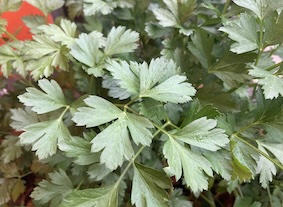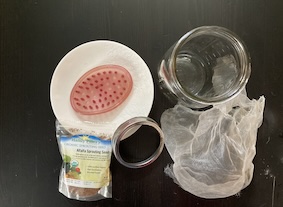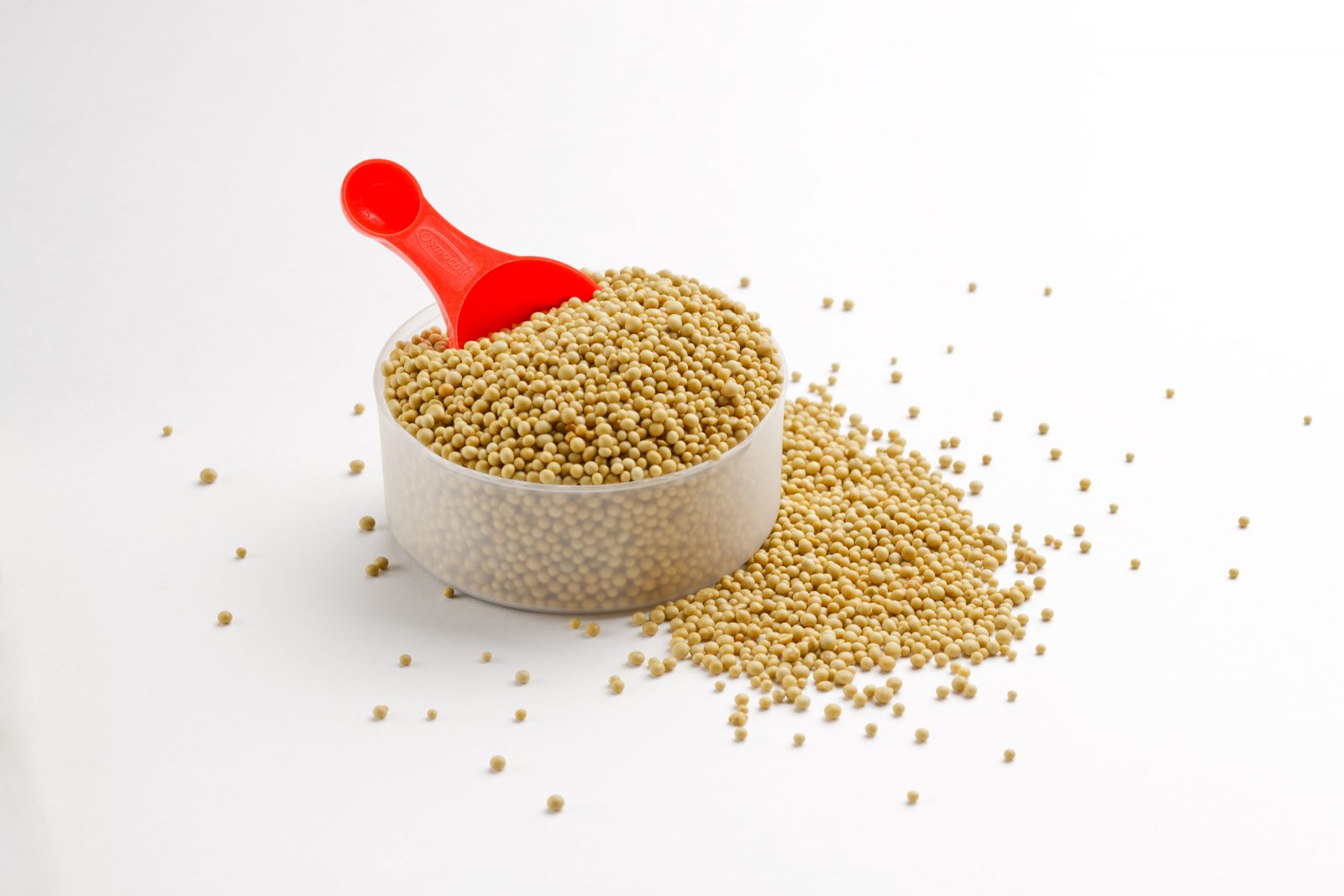Mild Winter Herbs
Views: 21

Mild winter herbs have never really been in the realm of possibility for a New England gardener like myself. The most I have ever hoped for is the parsley to have a few remaining stalks in March and that’s only if I mulched it sufficiently. But now that winters aren’t as cold and as long as they were 10 or 20 years ago, I’m beginning to think that my year-round herb growing game might be picking up.
This possibility occurred to me when I received an email from the folks at Renee’s Garden Seeds. The missive, sent out in mid-November, reminded gardeners in mild climates that there’s still time to sow herb seeds in gardens and containers. I’m not so sure it would be smart for me to sow in the ground, but I would certainly consider sowing in some containers. And it occurs to me that some of the Just Veggies readers could very well be in mild winter climates and just looking to grow something during the cool season.
With that said, I’ll list the herbs Renee’s Garden suggested for winter growing.
An Assortment of Mild Winter Herbs
Arugula—You might consider this to be more of a “greens” plant than an herbal plant, but it definitely can add a peppery kick to a dish when used as you would an herb. It has a shallow root system so would do well in containers placed in full sun. It is one of those cut-and-come-again greens/herbs, so you can harvest 4–6-inch leaves and it’ll continue to produce leaves. Arugula can take a touch of frost, so even northern gardeners like myself could give this herb a go.
Cilantro—Cilantro prefers cool weather, so this is an excellent item for mild winter climates. Plant in full sun, but also know it does okay with some shade. When it comes to harvesting, trim off just a third of the plant at a time and it will continue to produce. If you plant in the ground, let some of it go to seed, as it will readily reseed itself.
Parsley—Parsley is related to carrot, which means it too forms a taproot and will require planting in the ground. It’s also a biennial, meaning if it makes it through the winter after one full growing season, it’ll set seed the next season and then die. The important thing is that this plant is reliably cold-hardy and succumbs only after a bout of severe cold.
Culinary Poppies—I admit, I had not known about culinary poppies until I saw it listed as a one of Renee’s mild winter herbs. But then I thought, well duh, poppyseed bagels and muffins and all those yummy baked goods. They are also known as Breadseed Poppies or Hungarian Poppies. And to be specific, these are plants that prefer to be sown in fall for spring flowering and later harvesting. Renee’s description says homegrown poppy seed is “wonderfully fresh, sweet and nutty tasting.” Yes, please!
Borage—Borage is another of those that like to be sown in fall so it gets a good start next spring. Its flowers, leaves and seeds are edible, and it is also has several medicinal uses. Bonus—it’s beloved by pollinators, too!
Growing Tips
If your climate is borderline mild with some cold temperatures assured to come your way, you can beat the weather to the punch and cover your herbs with a floating row cover or frost cloth. Or be like me and pot them in containers so you can easily move your herbs into a protected shed or garage.
And another tip—don’t forget to water! For some reason it’s easy to forget about plants needing water in winter. They do, and they’ll grow all the better for you if you remember.
Find seeds for your collection of mild winter herbs at Renee’s Garden.
Meet Ellen Wells
When you’re raised on a farm, you can’t help but know a thing or two about gardening. Ellen Wells is our expert on edible gardening.…







